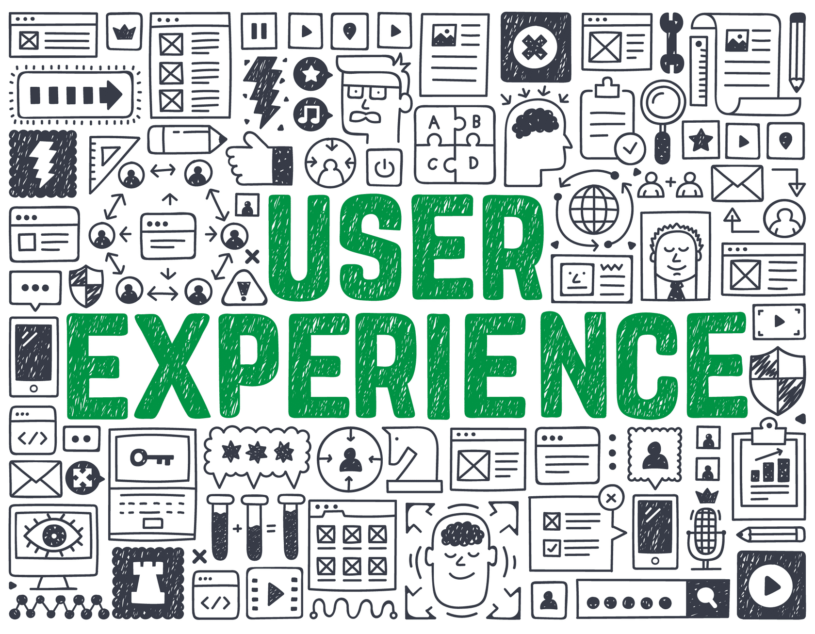Mobile app development has become an essential part of businesses in the digital age. With the rise in smartphone usage, the demand for mobile apps has skyrocketed. However, developing a mobile app is not an easy task. There are several challenges that developers face while developing a mobile app. In this article, we will discuss the top challenges and how to overcome them.
1. Platform Fragmentation
If you want to build an app, you should be aware that one of the biggest challenges of mobile app development is platform fragmentation. There are multiple platforms available in the market, including iOS, Android, and Windows. Each platform has its own set of rules, regulations, and guidelines. This makes it difficult for developers to develop a single one that works across all platforms. To overcome this challenge, developers must first identify their target audience and the platforms they use. They should then develop the program for the specific platform(s) to ensure maximum compatibility and functionality.
2. User Experience

User experience (UX) is a critical aspect. The goal of UX is to create something that is intuitive, easy to use, and meets the user’s needs. A good user experience is essential for the success of a mobile app, as it determines whether users will continue using the program or abandon it.
Understanding User Needs
The first step in creating a good user experience is understanding the user’s needs. Developers must conduct research to identify the target audience, their preferences, and their pain points. This information can help developers design it that meets the user’s needs and expectations.
Designing for Usability
Usability is another essential aspect of UX. The program’s design should be intuitive and easy to navigate, with clear labels and instructions. The layout should be consistent and visually attractive, with a color scheme that complements the branding of the program. The app’s typography should be legible, and the font size should be suitable for the user’s device.
Accessibility
Accessibility is another critical aspect of UX. The program should be accessible to users with disabilities, such as visually impaired users. Developers should follow accessibility guidelines, such as the Web Content Accessibility Guidelines (WCAG), to ensure that it is accessible to all users.
Testing and Feedback
Testing and gathering feedback are essential for improving the user experience. Developers should conduct usability testing with real users to identify any usability issues and gather feedback on the design and functionality. Feedback can be gathered through surveys, user reviews, and social media. This feedback can help innovators improve usability and address any user concerns.
3. Security

Mobile program security is a significant concern for both developers and users. Mobile programs are vulnerable to security threats such as data breaches, malware, and hacking. Developers must ensure that the data is secure and protected from unauthorized access. They should use encryption, and secure authentication mechanisms, and regularly update the security features to stay ahead of the latest threats.
4. Performance
Performance is crucial for mobile programs. Users expect them to load quickly and respond instantly. Slow performance can lead to user frustration and result in negative reviews and low ratings. Creators should optimize the performance by reducing the size, minimizing network requests, and optimizing code. They should also test the performance on various devices and network conditions to ensure consistent performance across different platforms.
5. Integration
Integration is a crucial aspect. Mobile programs often need to integrate with other applications or services, such as social media platforms, payment gateways, and messaging services. Integration can be challenging, as designers must ensure compatibility between different platforms and APIs. They should also consider the security implications of integration and implement proper authentication mechanisms to ensure secure data transfer.
Identify Integration Requirements
The first step in integration is identifying the integration requirements. Designers must determine which third-party services it needs to integrate with and the specific functionality required for integration.
Choose an Integration Strategy
Developers can choose from several integration strategies, depending on the requirements. Some common integration strategies include API integration, SDK integration, and custom integration. Creators should evaluate each strategy’s pros and cons and choose the one that best suits their needs.
Implement Proper Authentication Mechanisms
Authentication is an essential aspect of integration, as it ensures secure data transfer between the app and third-party services. Innovators should implement proper authentication mechanisms, such as OAuth, to authenticate the user and the program with the third-party service.
Test Integration
Testing integration is essential to ensure that works seamlessly with the third-party service. Developers should conduct thorough testing to identify any integration issues and ensure that the functionality is not impacted by integration.
Consider Security Implications
Integration can pose security risks to the app and its users. Inventors must consider the security implications of integration and implement appropriate security measures to protect user data. This includes using encryption, implementing secure authentication mechanisms, and regularly updating the app’s security features to stay ahead of the latest threats.
6. App Store Approval

Publishing a mobile app on stores such as Apple App Store and Google Play Store can be a challenge. They have strict guidelines and regulations that designers must follow to get them approved. Creators should carefully review the store’s guidelines and ensure that their program complies with them. They should also test it thoroughly to ensure that it meets the store’s performance and quality standards.
7. Limited Resources
Mobile app development requires significant resources, including time, money, and expertise. Many designers face the challenge of limited resources, which can lead to delays in growth, reduced functionality, and lower-quality apps. To overcome this challenge, innovators can prioritize features based on user needs and focus on creating a Minimum Viable Product (MVP) that meets the basic requirements. They can also consider outsourcing some development tasks or using open-source tools to reduce costs.
Conclusion
In conclusion, mobile app expansion is a complex process that requires careful planning, attention to detail, and expertise. Developers face several challenges during mobile program development, including platform fragmentation, user experience, security, performance, integration, store support, and limited resources. However, by understanding these challenges and adopting best practices, innovators can overcome these challenges and develop high-quality mobile apps that meet user needs and expectations.
